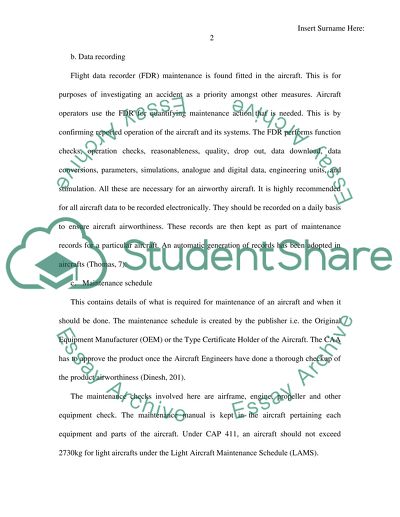Cite this document
(“Aircraft Maintenance Planning Procedures Research Paper”, n.d.)
Retrieved from https://studentshare.org/physics/1442163-air-legislation-maintenance-procedure-planning-and
Retrieved from https://studentshare.org/physics/1442163-air-legislation-maintenance-procedure-planning-and
(Aircraft Maintenance Planning Procedures Research Paper)
https://studentshare.org/physics/1442163-air-legislation-maintenance-procedure-planning-and.
https://studentshare.org/physics/1442163-air-legislation-maintenance-procedure-planning-and.
“Aircraft Maintenance Planning Procedures Research Paper”, n.d. https://studentshare.org/physics/1442163-air-legislation-maintenance-procedure-planning-and.


